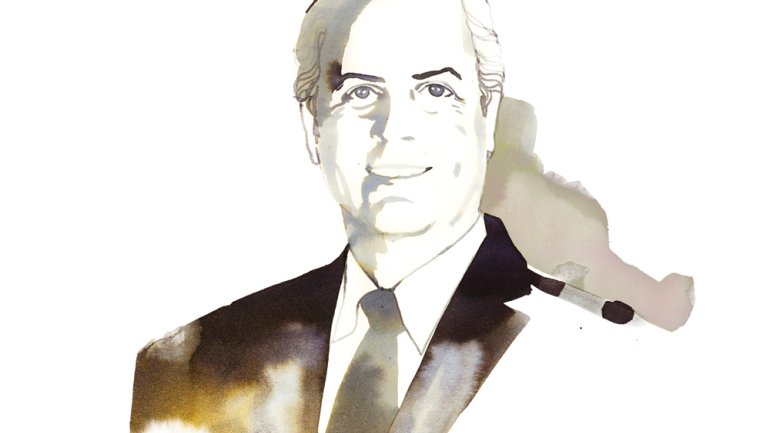New Digs
New Digs
After nearly 90 years in its original historic buildings in Washington, D.C., the Textile Museum will relocate in a few months to a 46,000-square-foot, custom-built home on the main campus of George Washington University, in the city’s Foggy Bottom neighborhood. The move will more than double display space for the museum’s renowned collection of 19,000 textiles from 3000 B.C. to the present. John Wetenhall, director of the museum, shared his excitement about the expansion and the synergistic possibilities of a new university setting.
George Hewitt Myers, who founded the museum in 1925, was a pioneer in fostering appreciation of textiles as art, especially textiles from non-Western cultures. How does his vision and mission resonate today?
It’s very dearly preserved. Through the efforts of our staff and board, and a loyal following of members, donors and volunteers, the vision of our founder has continued to guide the shaping of the collection, particularly its emphasis on exquisite quality and beauty. What’s so interesting about the move to George Washington University is that while that core aesthetic sensibility will continue to shape the collection, interpretation of the art can be greatly expanded through many areas of faculty expertise and student study. The diversity of those academic interests brings potential for a great deal more contextual interpretation of the objects.
Tell us about the new building.
It’s really quite special. The galleries are open, tall spaces that will show the collections in as beautiful a manner as they could possibly be seen, with double-height ceilings for very tall objects. We also have a state-of-the-art storage and conservation space at the university’s Ashburn, Virginia, campus. So the behind-the-scenes care of the collection is going to be first-rate as well.
The upcoming inaugural show is called “Unraveling Identity: Our Textiles, Our Stories.” What statement will it make?
It’s meant to be an exciting introduction of our collection for the new audience on the university campus and our neighbors. The purpose is to show how textiles define identities, be it through clothing or how one adorns an environment; to help visitors understand the many ways, overt and subtle, that textiles can help them express their own individuality, and also how people are shaped by their culture’s expressions through textiles. For example, in rites of passage, we’ll consider wedding gowns, graduation robes, and funerary costumes from Asia, Africa, and the Middle East, bringing a global sensibility to a familiar topic. Many highlights of the collection will be featured, but we also have some loans that should bring great excitement to the display, as well as a number of contemporary works that will bring the historical collections up to date.
We now have a younger generation interested in textiles and fiber art as a result of the DIY movement. How will the new museum engage with this audience?
One of the exciting things about moving to a new space is that while we’re carrying forward many of the revered and beloved programs of the Textile Museum, it also allows us to create a parallel set of programs geared for the younger, digitally oriented audience one would find in a university setting. We’re looking to create programming, for example, that is more interactive, shorter in time span – drop-in, as it were. We have a list of 30 20-minute cultural programs being generated by academic departments around the university – music, drama, dance, philosophy, art. By presenting them in less traditional formats, like coffeehouse-style or TED-type talks, we hope to be able to engage younger and more diverse audiences.
What are the particular joys of being director of the Textile Museum?
For me, a great excitement is the potential to use the collection and the museum itself as a teaching vehicle. George Washington University has one of the largest and most respected museum studies and museum education graduate programs in the country. Our museum will offer those students opportunities for hands-on, real-life experience, to help launch their careers. We’ll be involved in training the next generation of museum professionals.
Joyce Lovelace is American Craft’s contributing editor.

